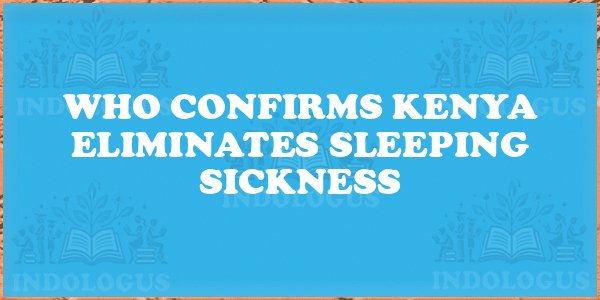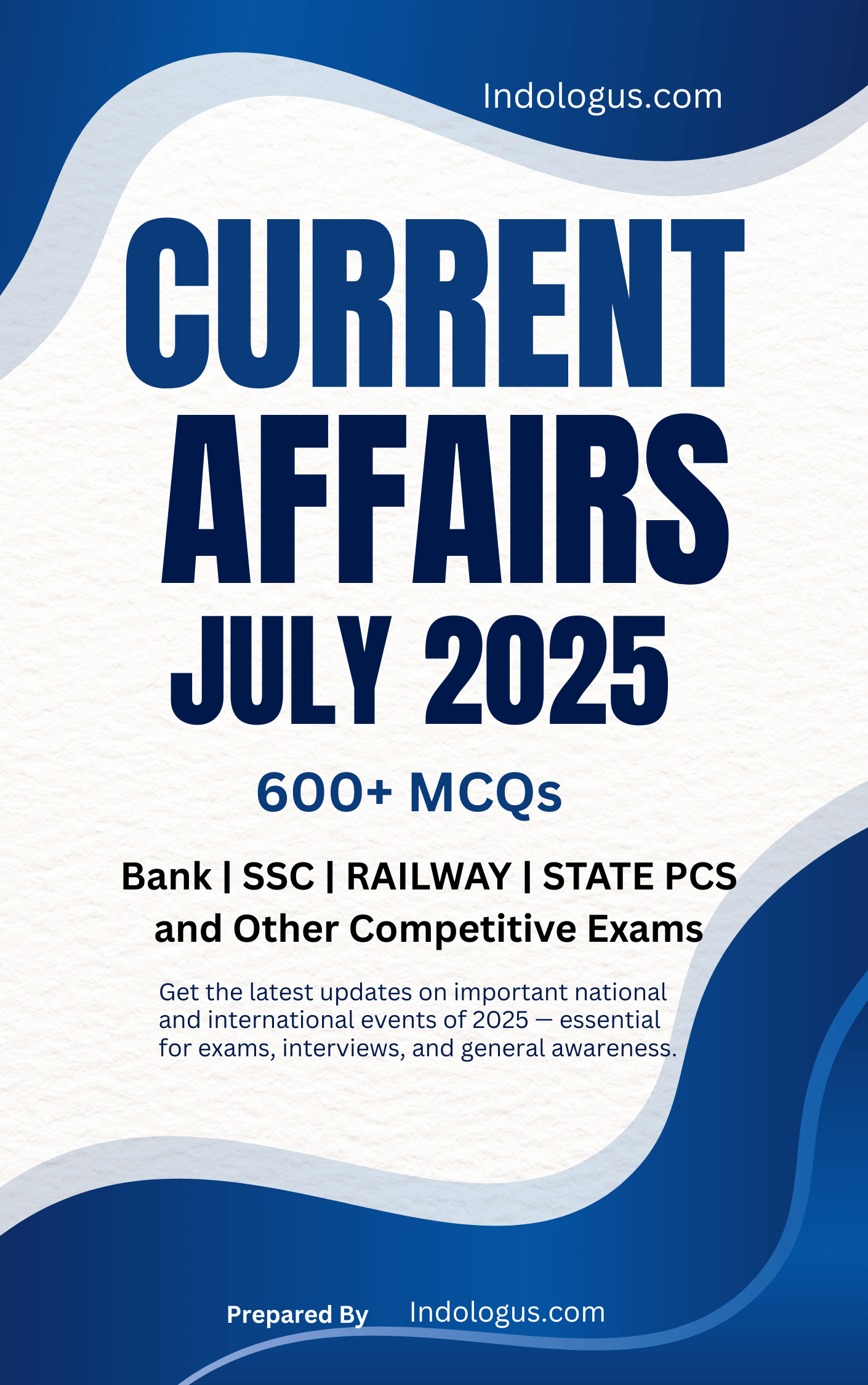In a significant achievement, the World Health Organization (WHO) has officially certified Kenya as free of human African trypanosomiasis (HAT), commonly known as sleeping sickness, as a public health challenge. Kenya becomes the 10th country to eliminate this disease, marking a crucial victory in combating neglected tropical diseases.
Landmark Health Achievement
The WHO Director-General Dr. Tedros Adhanom Ghebreyesus commended the government and people of Kenya for this milestone. Kenya’s success is part of a larger effort across Africa to eliminate neglected tropical diseases, thus improving the lives of millions. This is Kenya’s second elimination of an NTD, following Guinea worm disease in 2018.
Understanding Sleeping Sickness
Human African trypanosomiasis is caused by parasites transmitted through tsetse fly bites. There are two forms of the disease, with Kenya affected by Trypanosoma brucei rhodesiense. Symptoms include fever, headaches, joint pain, muscle aches, fatigue, weakness, confusion, disrupted sleep patterns, and behavioral changes if left untreated.
Symptoms include:
- Fever and headaches
- Joint pain and muscle aches
- Fatigue and weakness
- In advanced stages: confusion, disrupted sleep patterns, and behavioral changes due to parasite invasion of the central nervous system
- If untreated, sleeping sickness can be fatal
How Kenya Achieved Elimination
Kenya’s success is a result of decades of public health efforts, including tsetse fly control, improved diagnostic tools, community awareness campaigns, and strong partnerships between local health authorities, WHO, and NGOs.
Efforts included:
- Tsetse fly control through traps, insecticides, and habitat management
- Improved diagnostic tools enabling early detection and treatment
- Community awareness campaigns in endemic areas
- Strong partnerships between local health authorities, WHO, and NGOs
Broader Implications for Africa
Kenya’s certification is a significant boost to Africa’s goal of eradicating neglected tropical diseases. Eliminating sleeping sickness in multiple countries showcases that targeted interventions, consistent surveillance, and community engagement can lead to lasting health victories. Vigilance is crucial to prevent the disease’s reintroduction, especially in regions with tsetse flies.
Key Takeaways for Competitive Exams
- Kenya becomes the 10th country to eliminate sleeping sickness as a public health challenge.
- Human African trypanosomiasis is transmitted through tsetse fly bites and can be fatal if untreated.
- Kenya’s success is attributed to tsetse fly control, improved diagnostics, community awareness, and strong partnerships.
- Africa’s push to eradicate neglected tropical diseases gains momentum with Kenya’s milestone.
- Continued vigilance is essential to prevent the reintroduction of sleeping sickness in endemic regions.




